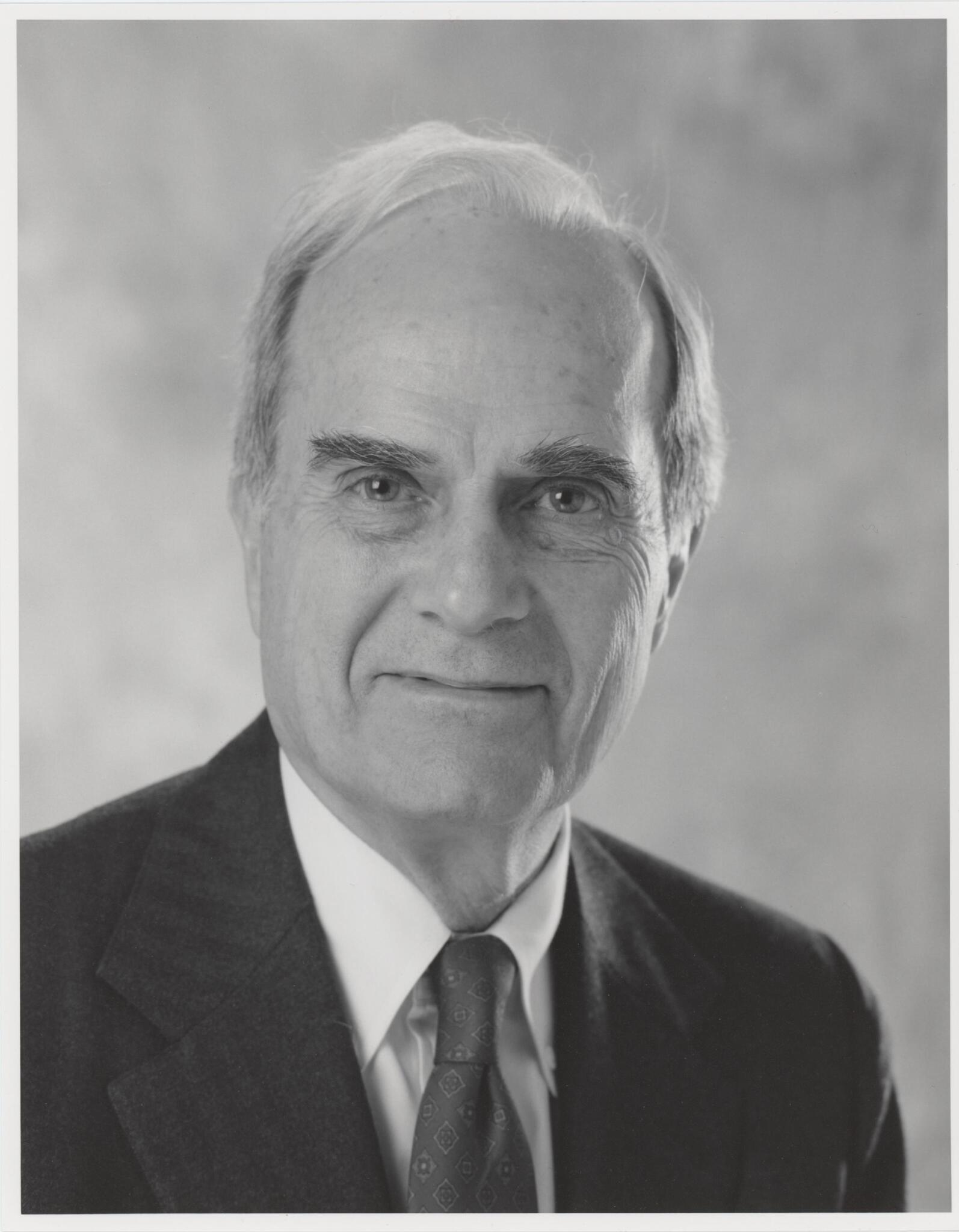Dean of the University of Chicago Law School: 1963-1975
Deanship
When Dean Edward H. Levi recruited Phil C. Neal to the University of Chicago Law School faculty in 1961, he reportedly had Neal in mind to succeed him as the Law School’s next dean. Neal did just that, assuming the deanship in 1963 and eventually equaling Levi’s twelve-year tenure in the post.
Neal made his biggest mark on the Law School through his many influential faculty hires during his tenure. He shared Levi’s vision of a law school faculty composed of professors who were both the finest scholars and finest teachers. Neal’s hires included: Richard Posner, a future judge on the Seventh Circuit Court of Appeals; Ronald Coase, the 1991 recipient of the Nobel Memorial Prize for Economics; and future University of Chicago Law School deans Norval Morris, Gerhard Casper, and Geoffrey R. Stone. Neal also brought criminal law expert Frank Zimring, law and economics specialist William Landes, and influential legal scholar Richard Epstein to the Law School’s faculty.
Neal presided over the dedication of the Law School’s new complex south of the Midway (construction of which had been completed in 1959) as the Laird Bell Quadrangle in 1966. It was named for the 1907 alumnus of the Law School and member of the University’s Board of Trustees, Laird Bell. During these years, programming at the Law School flourished beyond the classroom, as Neal helped the community utilize the potential of the larger and more modern facilities.
Several Law School projects began or expanded under Neal’s leadership. The Center for Studies in Criminal Justice was established in 1965 with Norval Morris as its director. It quickly undertook studies on subjects like the state of capital punishment worldwide, civil legal assistance for prisoners, and the effectiveness of penal sanctions as a criminal deterrent. The Journal of Law and Economics became more established and expanded its research resources under Ronald Coase’s guidance. The Jury Project, a legal and social scientific study of American juries led by professors Hans Zeisel and Harry Kalven, Jr., published The American Jury, an analysis of the jury in criminal trials, in 1966. Zimring described the innovative Jury Project as “the most ambitious empirical data design and collection effort in the history of fact research in the legal academy.” ["The American Jury Project and the Chicago Law School," 6]
Neal chaired the Association of American Law Schools’ committee on Student Governance in Law Schools, convened in order to respond to the growing desire among American law students to take part in the academic and social governance of their schools. Neal held the perhaps unpopular opinion that students should not get more involved in the governance of law schools. Instead he favored the “anarchist” approach that he credited to Kalven – the belief that that the subjects one studies should be placed beyond the reach of governance, if possible, and that students and faculty alike be allowed to pursue truth in their own way.


